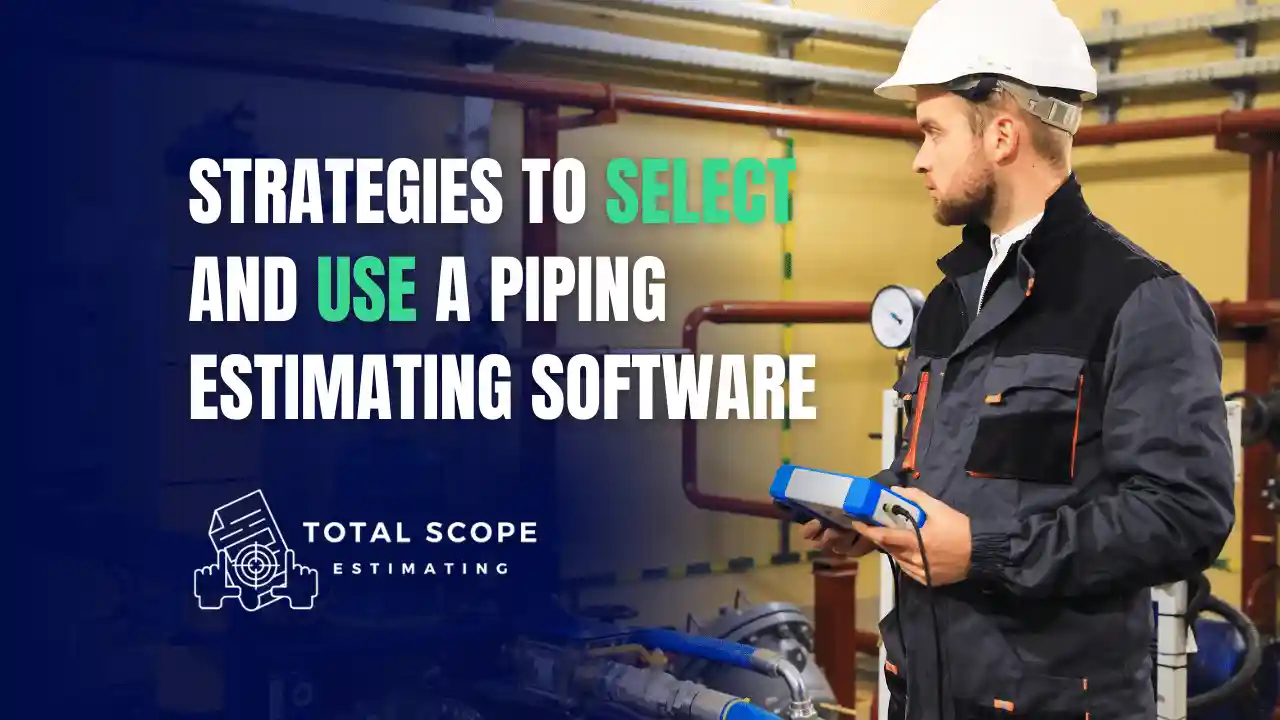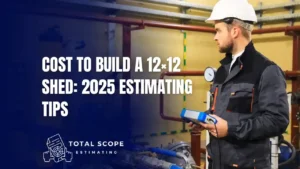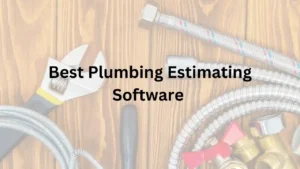
Using piping estimating software can significantly improve the piping estimating process and make it more efficient. The software automates estimating, providing quick and accurate estimates. It reduces errors and ensures accurate calculations for materials and labor costs. By using piping estimating software, businesses can save money on labor and materials by avoiding incorrect calculations. Additionally, the software creates detailed reports that help managers make better decisions.
Points To Be Considered For a Piping Estimating Software
You should always ponder upon the following facts before purchasing and using any piping estimating software:
Assessing Needs and Choosing the Appropriate System
Before choosing a piping estimating software, businesses should assess what they need. This helps them select the best system for estimating pipes. They should look for features that fit their specific requirements and check if the software works with their current systems. They also need to consider the pricing and the cost of implementation.
Once they find the right software, businesses should review its features and capabilities. Good estimating software should include automatic calculations, reporting, and cost analysis. It should accurately calculate labor and material costs and generate detailed reports to help managers make informed decisions.
Additionally, businesses should check how well the software integrates with their current systems. This is crucial for successful implementation. They should also consider aspects like customer support and maintenance costs.
Evaluating Compatibility and Integrating Software Into Existing Processes
Before using piping estimating software, businesses should check if it works well with their current processes. This is crucial for a smooth integration with existing systems. They should also consider any outside factors that could impact the implementation, such as maintenance costs and the availability of customer support.
To ensure successful integration, businesses should follow several steps. First, they need to outline and document their current processes and systems. This helps identify where the software needs to fit in. They must also make sure the software meets all requirements.
Next, businesses should prepare for the integration. This includes getting the data and systems ready for the software. They should create a test plan to check that the software works correctly. This step can help spot problems early and reduce risks related to a poor software rollout.
Finally, businesses should carry out the installation and integration. This means installing the software, testing it, configuring it, and then integrating it into their systems. They should also plan for regular maintenance and support.
Thorough Training of Staff to Properly Use Software
To use piping estimating software successfully, businesses need to ensure their staff is properly trained. This training helps employees understand how to use the software effectively and recognize the consequences of misusing it.
First, businesses should assess the skill level of their staff. This will help them decide what type of training is needed. Next, they should focus on the specific features of the software that require training, such as data entry, reporting, cost analysis, and decision-making.
It is also important to give staff hands-on experience with the software. This will help them feel more comfortable using it and allow them to apply what they’ve learned. Additionally, staff should understand the risks associated with incorrect software use.
You might like this too: How to Estimate For HVAC Replacement: Costs, Factors & Tips
Consideration of Implementation and Maintenance Costs Before Purchasing the Software
Buying piping estimating software is an essential decision for businesses because it impacts their estimating process. Before making a purchase, businesses should consider the costs of implementing and maintaining the software to ensure they invest in the best system.
First, look at the implementation cost. This includes the expenses for installing the software and integrating it with current systems. The cost varies based on how complex the process is and the type of system used. Businesses should also think about the cost of customizing the software to fit their specific needs.
Next, consider the maintenance cost. This covers expenses for regular software updates, troubleshooting issues, and answering any questions. Additionally, businesses should review the customer support options available for help. The costs can vary based on the vendor, system type, and support level.
Finally, businesses need to factor in training costs for their staff to use the software effectively. Proper training is crucial for successful software use. Training should be tailored to meet the staff’s needs and skill levels, and businesses should also plan for hands-on experience.
Ensuring Proper Customer Support for Issues and Queries
Customer support is crucial when using piping estimating software. Businesses need access to support teams for any questions or problems with the software.
Support should be quick and effective at resolving issues. It should cover everything from simple questions to technical help and troubleshooting. This allows businesses to fix problems fast and keep working without delays.
Support should also be easy to reach so businesses can get help when needed. The support team must provide regular updates about changes to the software. Additionally, businesses should be able to contact support whenever they encounter issues.
Pricing for customer support is another factor to consider. This helps businesses compare different services and make informed choices. They should also look for features like customer service tracking, automated reports, and analytics tools.
Overall, proper customer support is essential for businesses using piping estimating software. They should ensure that support is prompt, efficient, and accessible. It’s also essential to evaluate pricing and available features. This way, businesses can ensure they have adequate support for any issues or questions about the software.
You might like this too: How To Estimate HVAC Costs: Key Factors & Tips
Conclusion
When businesses implement piping estimating software, they should first assess their needs and select the best system. They need to check if the software works well with their current processes to ensure smooth integration. It’s essential to provide thorough training for staff to use the piping estimating software effectively.
Before buying the software, businesses should also consider the costs of implementation and maintenance. Additionally, they should confirm that good customer support is available for any issues or questions. These steps will help businesses successfully use piping estimating software and improve their estimating process.







